What Does Taro Taste Like? (Updated 2023)

116 best images about UBE, TARO, Halaya, PURPLE YAM, , Purple Sweet
Taro, herbaceous plant of the arum family (Araceae) and its edible rootlike corm. It is likely native to southeastern Asia and is a staple crop on Pacific islands. The starchy underground corm, called 'taro root,' is eaten as a cooked vegetable, made into puddings and breads, and also made into Polynesian poi.
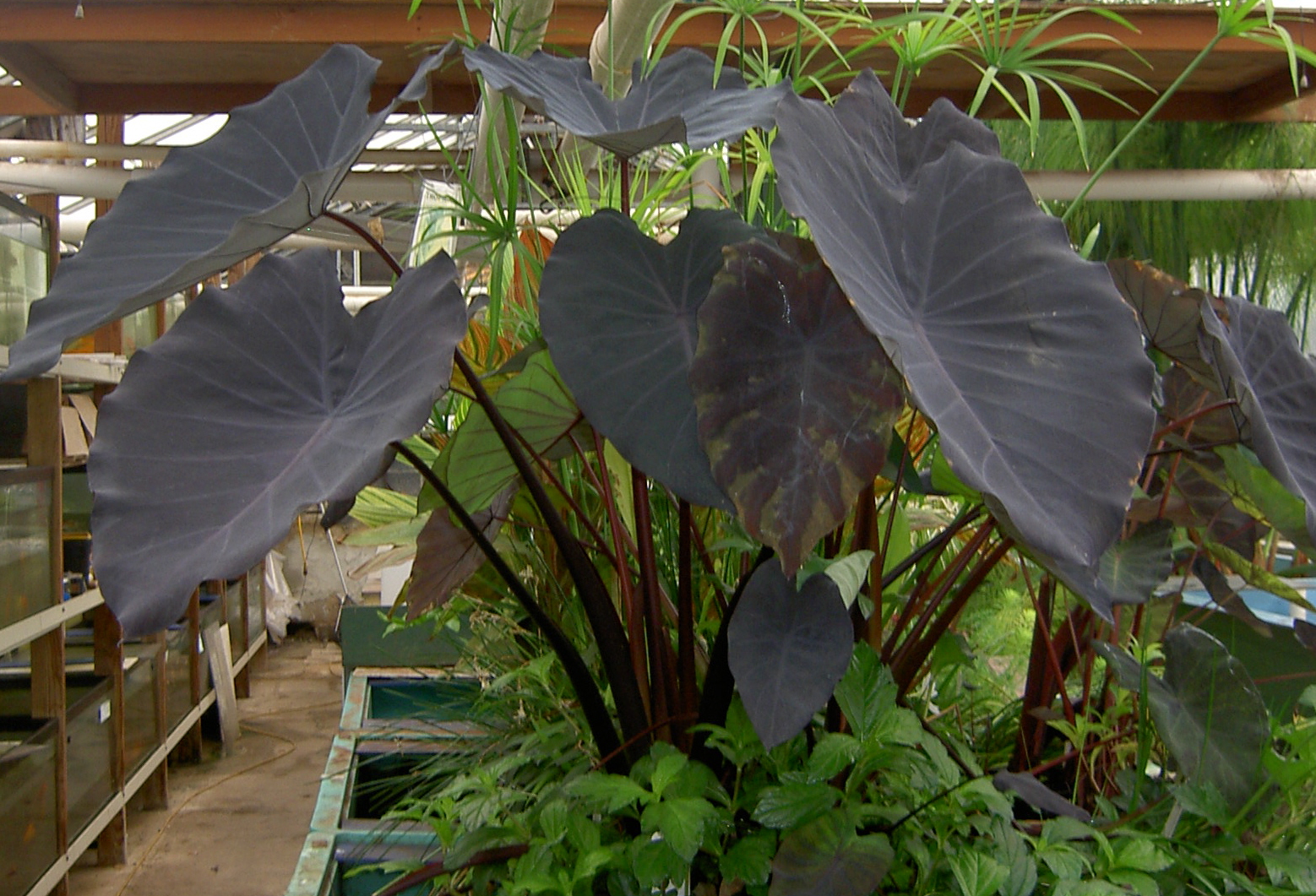
Taro or Elephant Ear Live Pond Plants
A layer of pebbles or gravel for the last 2 inches (5 cm.) helps to keep mosquitoes at bay. Plant the taro in the soil, add the pebble layer, and then fill the bucket with water. As the water level drops, add more. Your potted taro plants need sun and warmth, so choose its spot carefully.

Garden Answers Plant Identification
From plums to eggplants to purple carrots, purple foods are always a nice surprise. But if you're not familiar with something, it might also make you wonder what exactly you're looking at. Enter taro, an ancient food that feels like a brand-new option that's popping up everywhere. So, what does taro taste like?
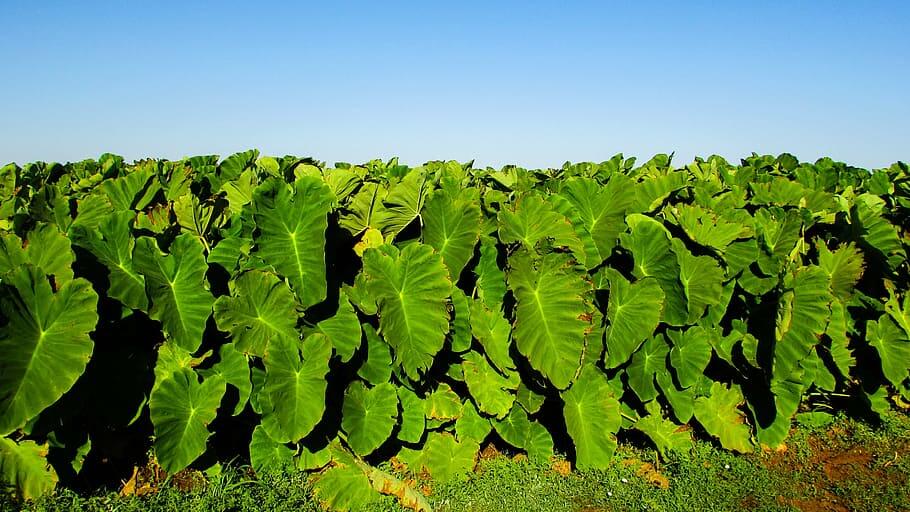
What Does Taro Taste Like? (Updated 2023)
Info Species violaceum (vy-oh-LAH-see-um) Info Synonym Xanthosoma nigrum Sun Exposure Sun to Partial Shade Light Shade Foliage Grown for foliage Herbaceous Height 4-6 ft. (1.2-1.8 m) Spacing 6-8 ft. (1.8-2.4 m) Hardiness USDA Zone 9a: to -6.6 °C (20 °F) USDA Zone 9b: to -3.8 °C (25 °F) USDA Zone 10a: to -1.1 °C (30 °F)
Polynesian Produce Stand PURPLE GUPPY TARO Colocasia esculenta
1. Meet the Mighty Taro Origin of Taro Taro in Modern Times 2. Dive into Taro Colors The Purple of Taro Why Taro Color Varies 3. Bring Taro into Your Home Grow Your Own Taro Taro as a Houseplant 4. Taro in the Kitchen Cooking with Taro Taro Recipes 5. Taro Beyond the Plate Taro in Art Taro in Fashion Ever wondered what color is taro?
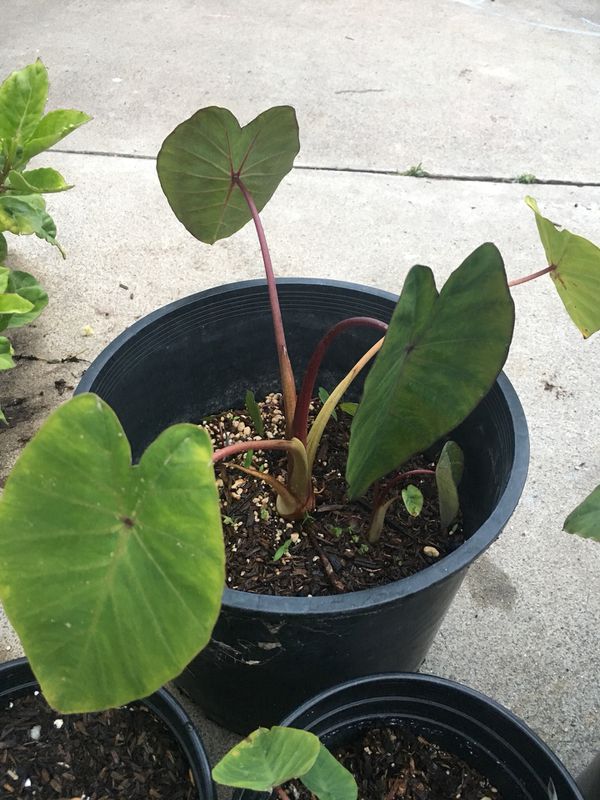
Purple Stem Taro Plant for Sale in San Diego, CA OfferUp
The corms should be planted 2-3 ft (0.6-1 m) apart during the wet season, each covered by an inch or two of soil. After planting, the plants will take approximately four months to reach maturity and be ready for harvest. Taro also requires regular weeding and mulching to ensure optimal growth and yield.
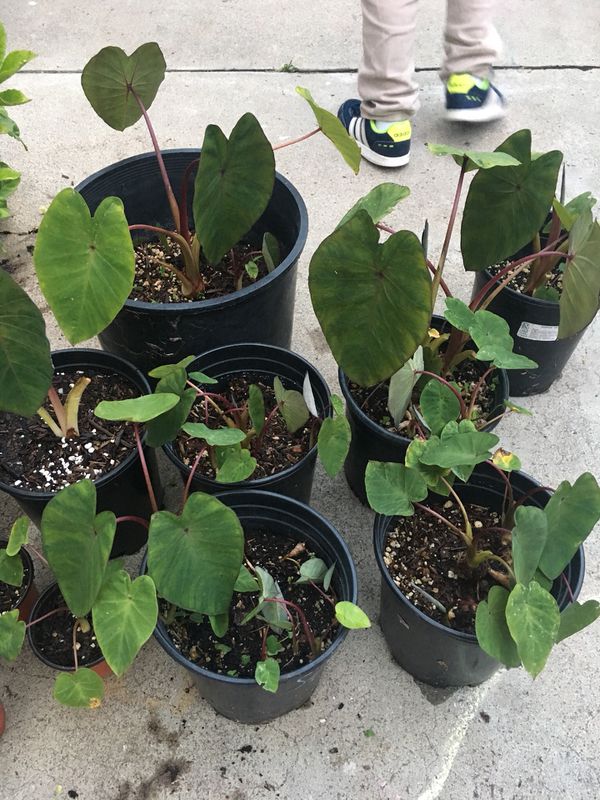
Purple Stem Taro Plant for Sale in San Diego, CA OfferUp
Colocasia esculenta (taro or elephant ears) is grown for its huge and velvety heart-shaped leaves in shades of lime green, purple or black.

Purple taro leaf stock photo. Image of arrow, gardening 134440916
by Jacob Boston. Colocasia esculenta, mostly known as Taro, has a place with the Araceae family. The level of Taro is around 3-6 feet (91-183cm). It ordinarily has a principal tuber from which roots develop, covered with a few others tubers around it. It is a tropical plant with enormous leaves, is heart-formed like the ears of an elephant, and.
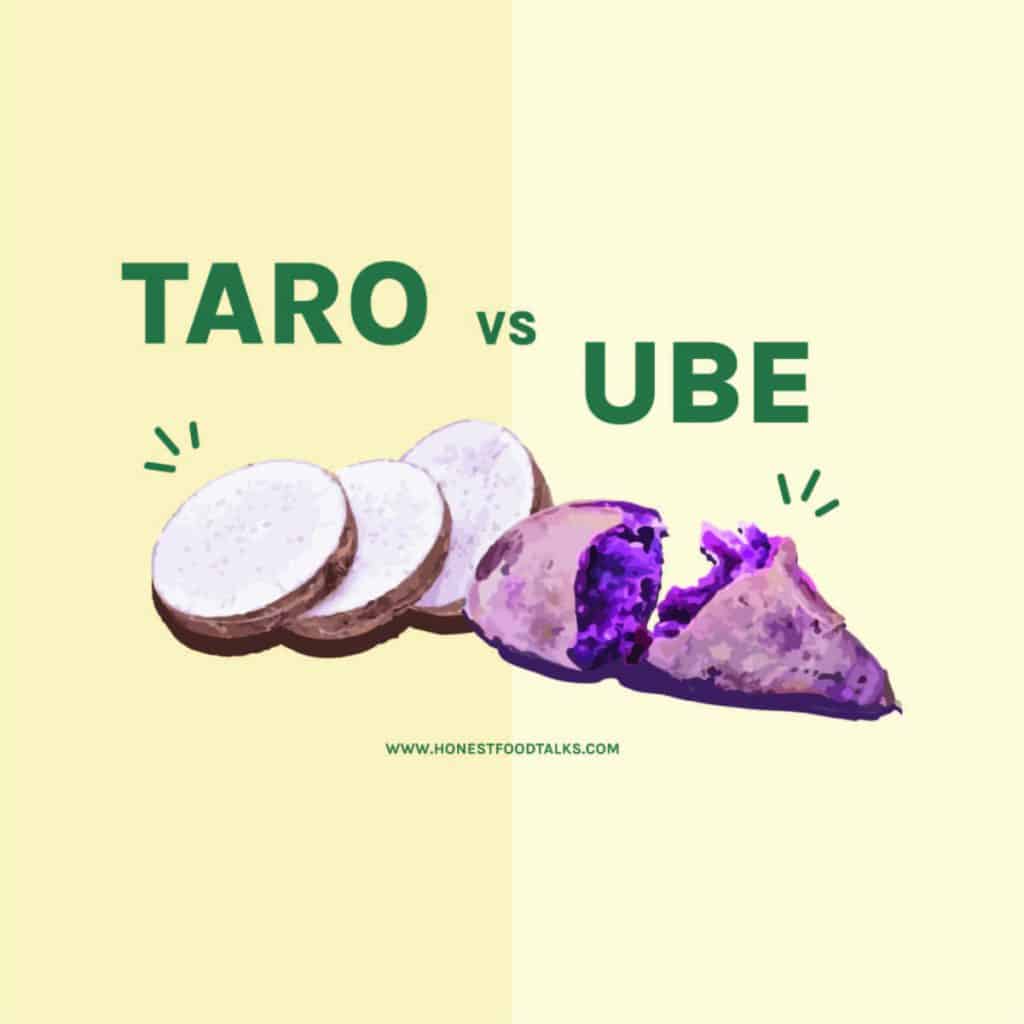
Ube Vs Taro Learn The Difference Between The Root Vegetables!
The taro plant, one of the many types of elephant ear plants, features gigantic leaves with a variety of unique colorings. Plus, it grows the taro root, which is actually one of the top staple foods around the world! Taro is an ancient plant.
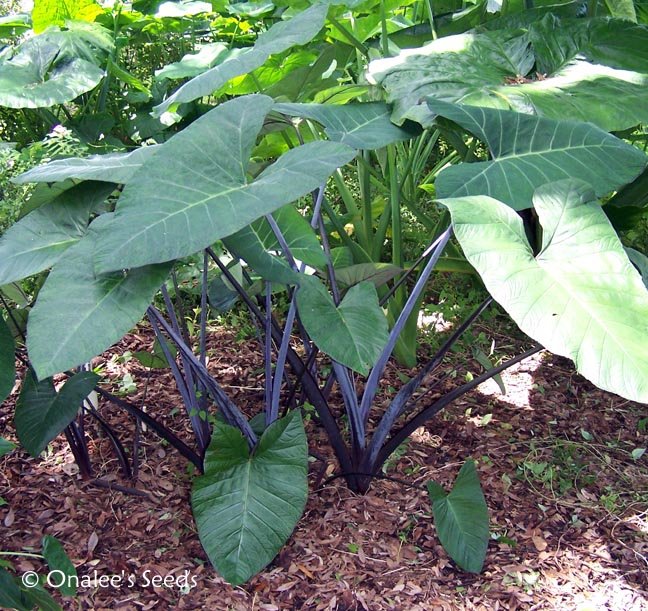
Elephant EarBlue Taro, Blue Tannia, Purple Stem, Xanthosoma violaceum
Taro ( / ˈtɑːroʊ, ˈtær -/; Colocasia esculenta) is a root vegetable. It is the most widely cultivated species of several plants in the family Araceae that are used as vegetables for their corms, leaves, stems and petioles. Taro corms are a food staple in African, Oceanic, East Asian, Southeast Asian and South Asian cultures (similar to yams ).

Taro Leaves Nutrition, Benefits, and Uses in 2020 Taro plant, Leafy
Peel, wash, and cut taros into about 3-inch (6-8 cm) long strips with about 1/2-inch (1 cm) in width. Soak them in a bowl of cold water mixed with a generous pinch of salt and a squeeze of lemon juice for about 15 minutes. Then rinse several times and drain well. Heat a sufficient amount of cooking oil in a deep pan.
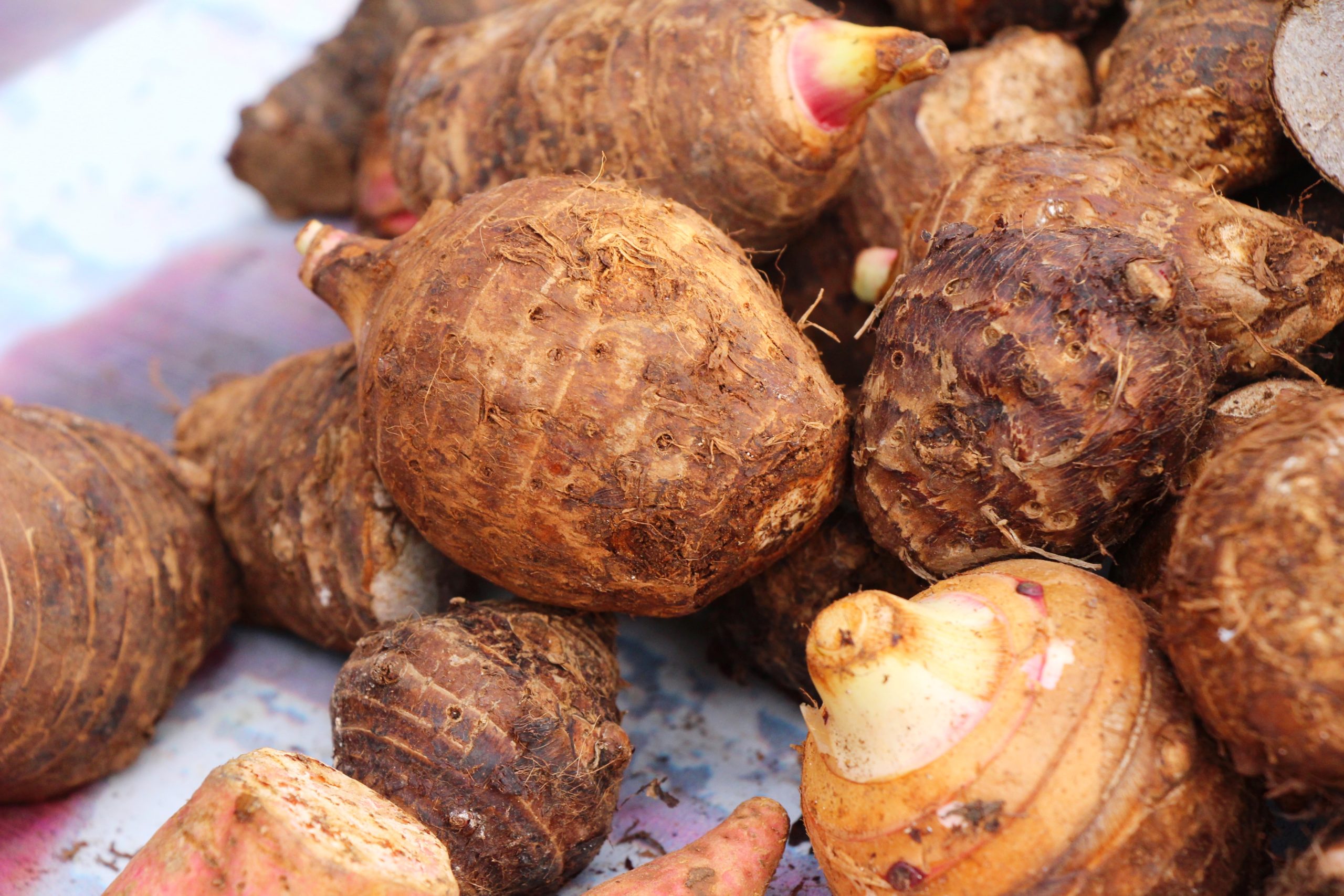
How to Plant, Grow, and Harvest Taro Harvest to Table
Genetic and archaeological evidence, including remnants of taro grains on stone tools in the Solomon Islands from 28,000 to 20,000 years ago, suggest that this plant is one of the world's.

Dry land Taro "Kalo" lehua which is a root grown like a potato is used
The taro leaves are cooked as a nutritious vegetable, the corms are white with purple tint starchy and easy to digest, making taro a great substitution for potato. The large heart-shaped green (sometimes purple) leaves are very attractive, however make sure only consume the edible species: Colocasia esculenta.. How to grow taro in a pot. Step 1.

Purple Taro Leaves at Night with Blue Light Stock Image Image of
Cut off the root of the plant (the leaves will be use for other Hawaiian dishes), and steam or bake it. If it is baked, an imu (an underground oven, like the one for kalua pig) is traditionally used. Cleaning and peeling the taro (kalo) root. 2. After steaming or baking, next step is to clean and peel the taro.

Purple taro plant stock photo. Image of shrub, leaf 237634534
Taro ( Colocasia esculenta) is a plant with a starchy root similar to a potato, and it's used in popular dishes around the world, like Hawaiian poi and many dishes in Southeast Asia, where it probably originated. [1] In addition, taro is popular as a houseplant thanks to its dramatic leaves, which are shaped like elephant ears.

100Pcs Purple Yam "Purple ginseng" Long taro Cylindrical roots for food
Taro is a perennial herbaceous plant that grows from 3 to 6 feet tall. Its leaves are light green, elongated, and heart-shaped similar to an elephant's ear. Tubers are spherical and about the size of a tennis ball often covered with brownish skin and hairs; the flesh is pinkish purple, beige, or white.